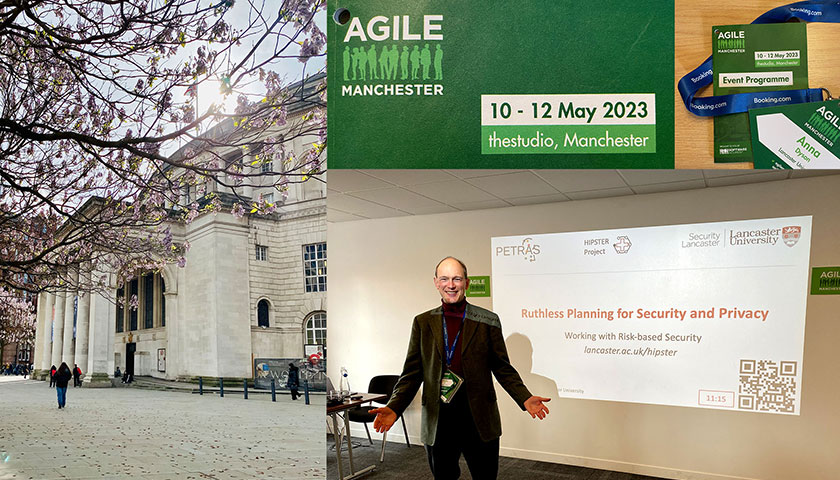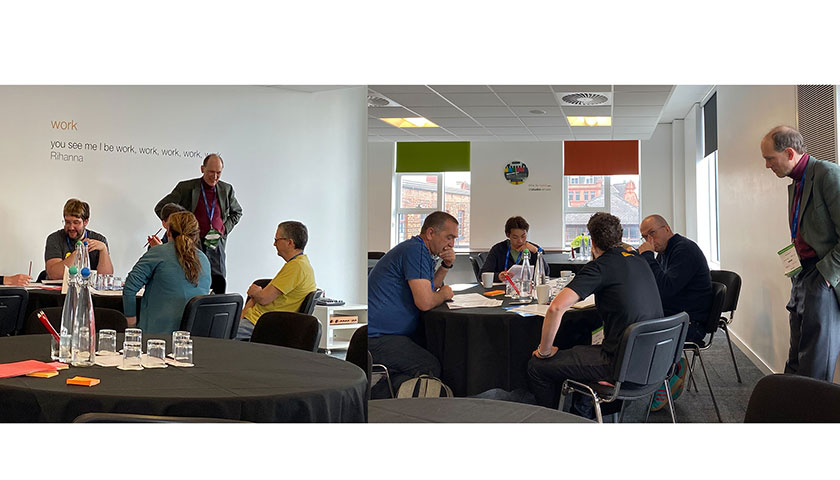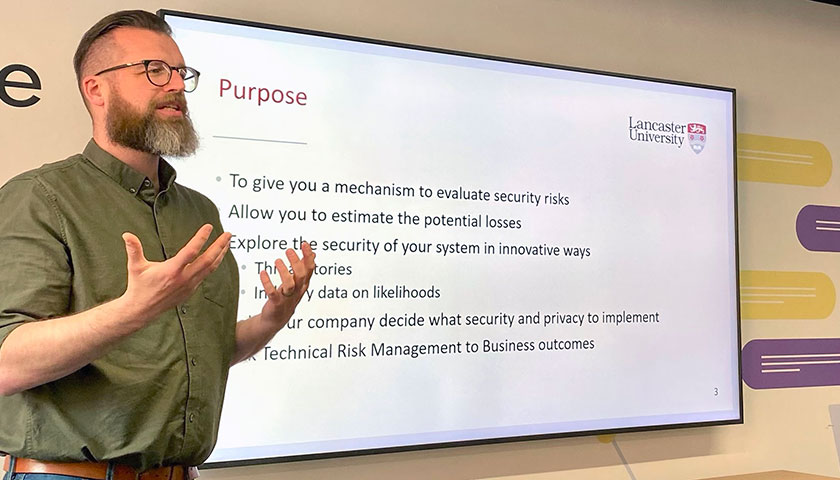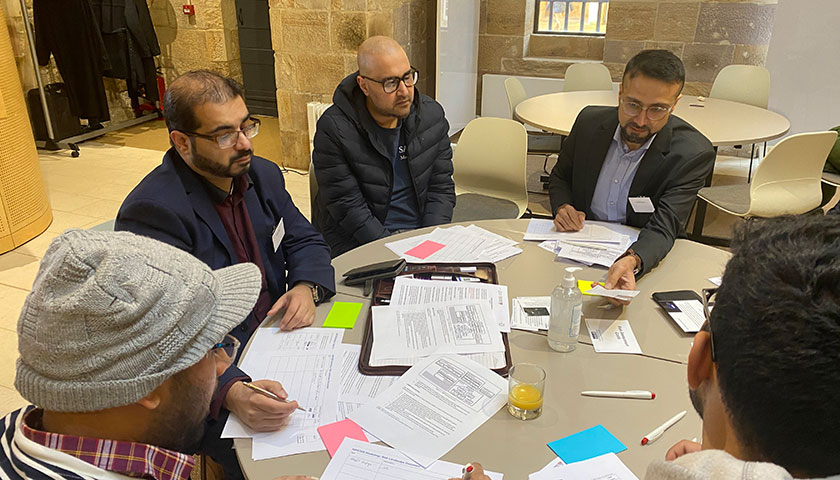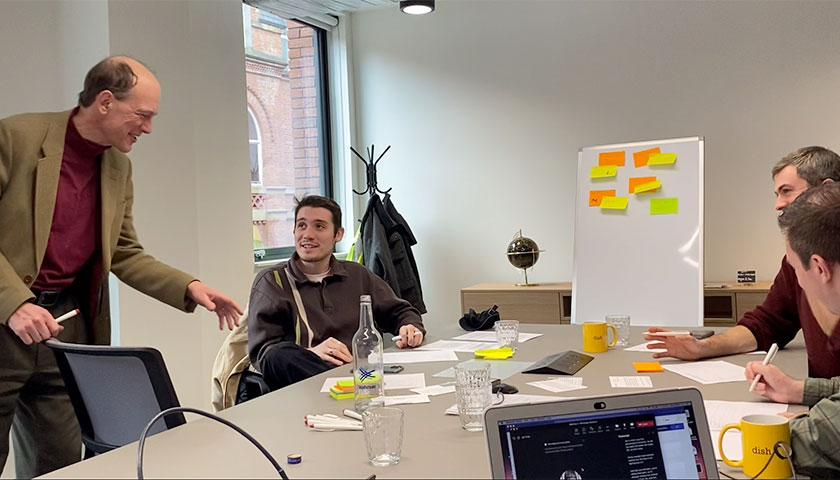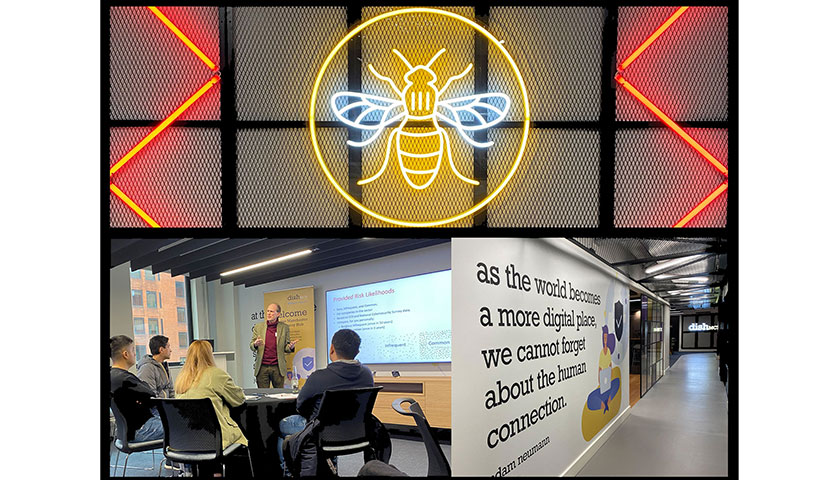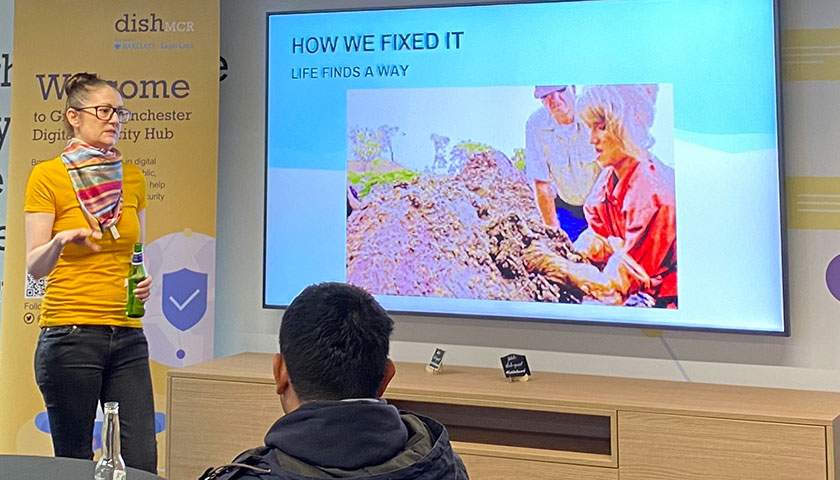Hipster Blog
Throughout the Hipster Project, we have documented parts of our research journey to help us reflect on our progress and to share the lessons we have learnt along the way with the wider research community.
From insights into our research process, to impact cases from companies we have worked with, take a look at our blog posts to find out more about what we do.











